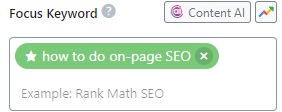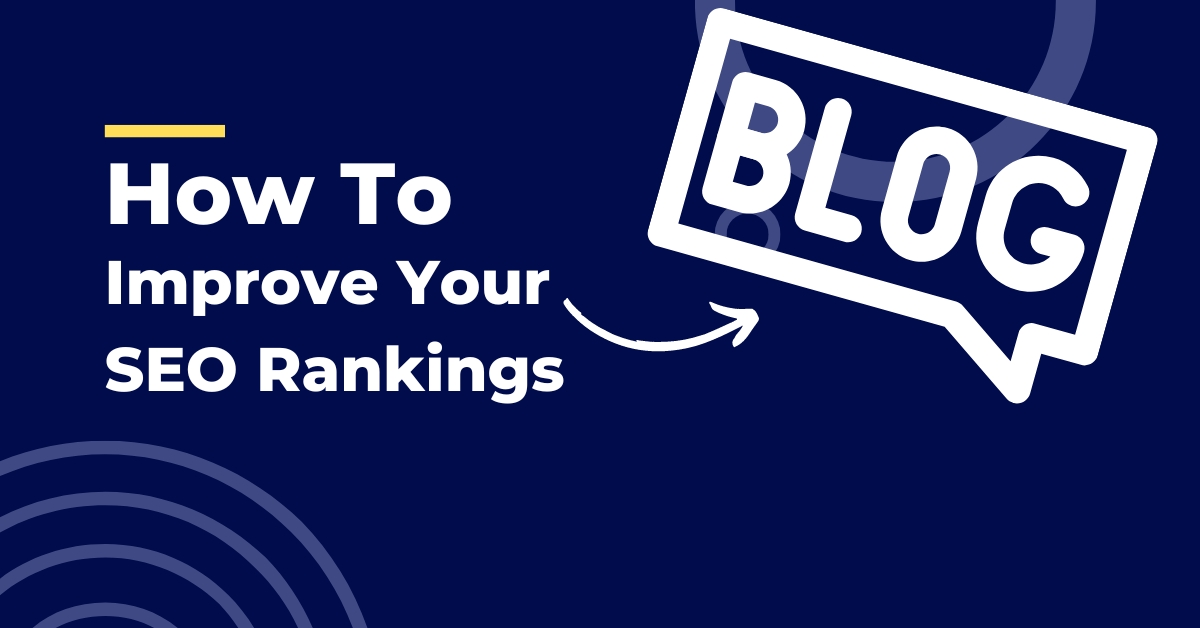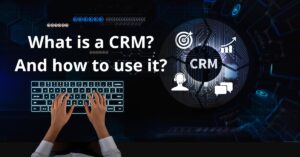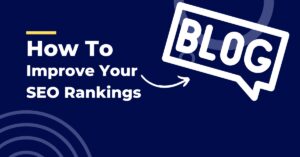Are you struggling to optimize your blog for search engines? If so, you’re not alone. Learning how to do on-page SEO can feel like a daunting task, especially with so much conflicting information out there. But don’t worry, I’m here to break it down for you in a simple, actionable way.
In this post, I’ll share my tried-and-true strategies for on-page SEO that will help your blog rank higher on Google, attract more visitors, and ultimately drive more conversions. Let’s dive in!
What is On-Page SEO?
On-page SEO refers to the practices and techniques used to optimize individual web pages to rank higher and earn more relevant traffic from search engines. This includes everything from content creation to HTML source code, and it’s crucial for improving your blog’s visibility and performance.
1. Start with Keyword Research
Before you even think about writing, you need to do thorough keyword research. Identifying the right keywords will help you understand what your audience is searching for and how you can meet their needs.
Tool Recommendations:
Using these tools, find keywords with high search volume and low competition. Your primary focus keyword for this blog post is “how to do on-page SEO,” but you’ll also want to find related terms to use throughout your content.

2. Craft an Engaging SEO Title
Your title is one of the first things both search engines and readers will see, so make it count. Use your focus keyword at the beginning of the title, and include a power word, a number, and a positive sentiment word. For example, “10 Powerful Tips on How to Do On-Page SEO for Blogs.”

3. Optimize Your Meta Description
Your meta description should be a compelling summary of your content that includes your focus keyword. It should be no more than 160 characters to ensure it displays correctly in search results.
Example: “Learn how to do on-page SEO with these 10 powerful tips. Optimize your blog to rank higher on Google and attract more visitors.”

4. Use the Focus Keyword Early in Your Content
Including your focus keyword within the first 10% of your content signals to search engines that your content is relevant to that term. For instance, I mentioned “how to do on-page SEO” right at the beginning of this post.
“Learning how to do on-page SEO can feel like a daunting task, especially with so much conflicting information out there.”
5. Write High-Quality, Engaging Content
Content is king. To rank well, your content needs to be high-quality, engaging, and informative. Make sure to use your focus keyword naturally throughout your content, aiming for a keyword density of 1-1.5%.
Tips for High-Quality Content:
- Use Subheadings: Break your content into sections with H2 and H3 tags. This makes it easier for readers to skim and for search engines to understand.
- Bullet Points and Numbered Lists: These make your content more readable and can improve your chances of getting featured snippets.
- Internal and External Links: Link to other relevant content on your site and authoritative external sources.
6. Optimize Your URL
Your URL should be short, descriptive, and include your focus keyword. Aim for 65-75 characters. For this post, a good URL might be “how-to-do-on-page-seo-tips”.

7. Use Alt Text for Images
Images can enhance your content, but search engines can’t “see” them. Use descriptive alt text that includes your focus keyword to help search engines understand the context of your images.

8. Optimize for Mobile
With more people accessing the internet via mobile devices, having a mobile-friendly website is essential. Ensure your blog is responsive and loads quickly on all devices.
Tool Recommendation:
9. Improve Page Load Speed
Page load speed is a critical ranking factor. Slow pages can hurt your rankings and drive visitors away.
Tips to Improve Speed:
- Compress Images: Use tools like TinyPNG to reduce image file sizes.
- Enable Browser Caching: This helps speed up page loading for returning visitors.
- Use a Content Delivery Network (CDN): Services like Cloudflare can improve load times.
10. Monitor and Adjust
SEO is an ongoing process. Regularly monitor your performance using tools like Google Analytics and Search Console, and adjust your strategy as needed.
Tool Recommendations:
Conclusion: How to Do On-Page SEO for Lasting Results
Learning how to do on-page SEO might seem overwhelming at first, but by following these 10 powerful tips, you’ll be well on your way to optimizing your blog for search engines. Remember, the key is to focus on providing high-quality content that meets your audience’s needs while also following best SEO practices.
By implementing these strategies, you’ll not only improve your search engine rankings but also enhance your readers’ experience, leading to increased engagement and conversions. So, start optimizing today and watch your blog soar to new heights!






